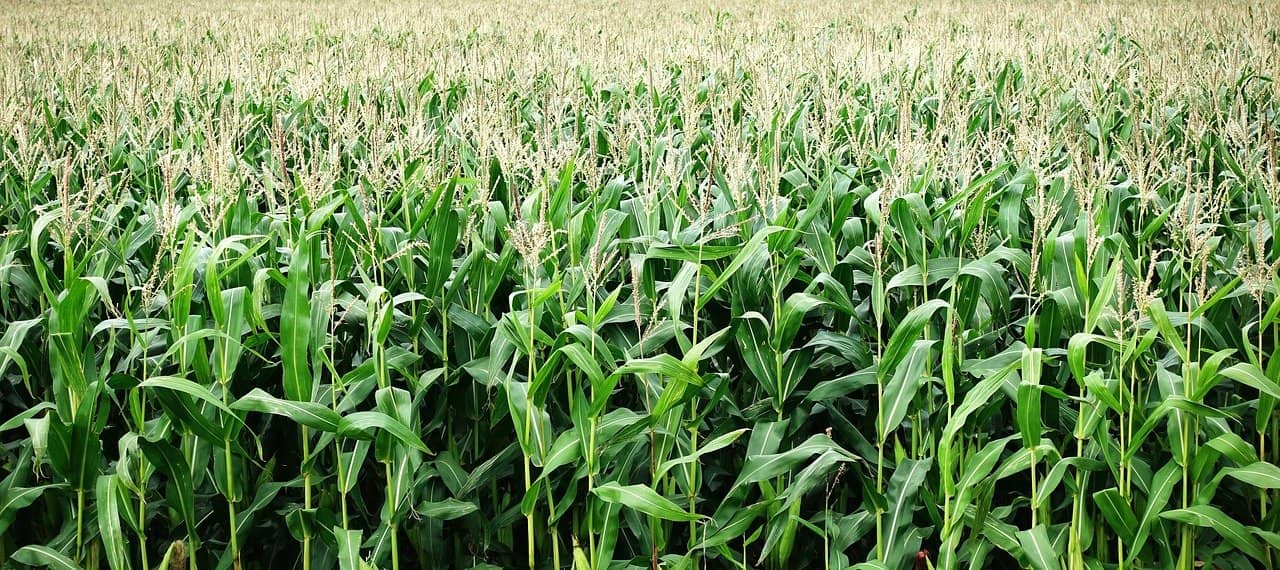
(NDAgConnection.com) – U.S. corn and soybean yields are always a leading topic among market analysts each year, but the possibilities are still wide open before the crops are fully planted.
That sometimes creates confusion over the meaning of early U.S. government yield projections, which for corn have recently been running on the high side, while those for soybeans have been more modest in the context of past results.
But what do the trendline yields represent, and are they a good precursor to actual yield potential? The latter could be debated, though there are some identifiable patterns worth studying.
According to Reuters, the USDA publishes its first official supply and demand outlook for the new marketing year each May, and this year’s is due on Thursday. The U.S. corn and soybean yields come from a trend yield formula computed by USDA’s World Agricultural Outlook Board.
The corn yield calculation assumes normal mid-May planting progress and focuses on July weather, with an adjustment for excessively dry Junes. The soybean model uses July and August weather variables and does not use planting progress.
